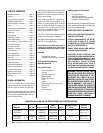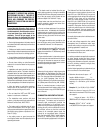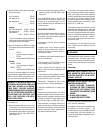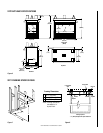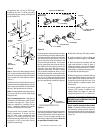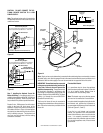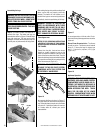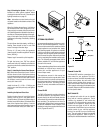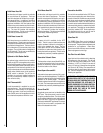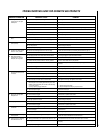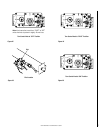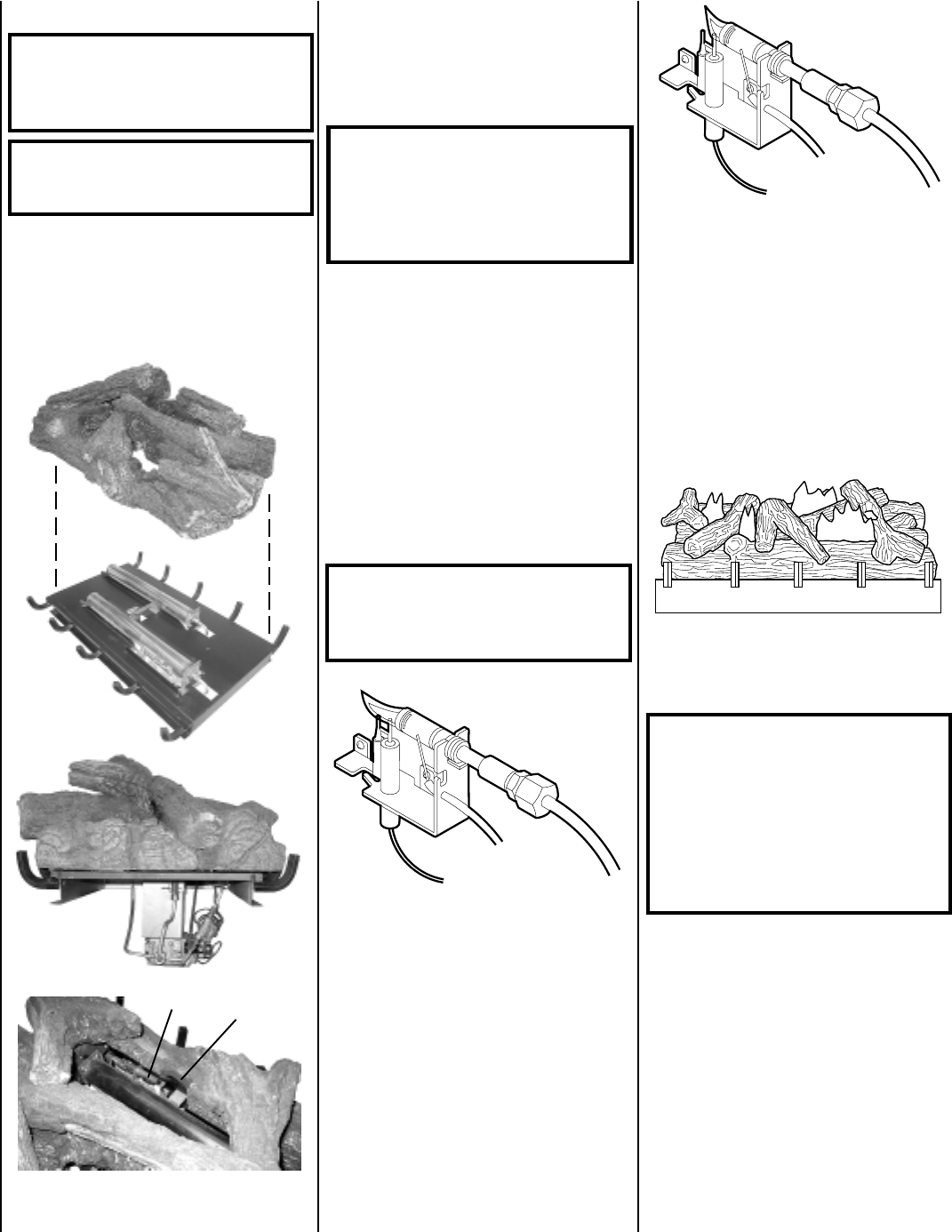
NOTE: DIAGRAMS & ILLUSTRATION NOT TO SCALE.
10
Assembling the Logs
WARNING: DO NOT ADD EXTRA LOGS OR
ORNAMENTS SUCH AS PINE CONES, VER-
MICULITE OR ROCK WOOL. USING THESE
ADDED ITEMS CAN CAUSE SOOTING.
WARNING: DO NOT PLACE ANY LAVA
ROCK ON LOGS OR BURNERS. THIS MAY
CAUSE SOOTING.
Step 8. The heater includes a unitized set of
ceramic fiber logs. The heater and logs are
assembled as shown in
Figure 15
. Handle these
logs with great care. The logs can be easily
damaged, but when handled properly they can
provide years of performance and enjoyment.
Figure 15
After setting the logs into position as described
above, ensure they are properly and firmly
situated. The heater will not function as in-
tended if the logs are not correctly positioned.
Periodically check the positioning of the logs.
WARNING: FAILURE TO POSITION THE
PARTS IN ACCORDANCE WITH THESE
DIAGRAMS OR FAILURE TO USE ONLY
PARTS SPECIFICALLY APPROVED WITH
THIS HEATER MAY RESULT IN PROP-
ERTY DAMAGE OR PERSONAL INJURY.
Flame Appearance
REFER TO THE OPERATING INSTRUCTIONS
LOCATED AT THE BACK OF THIS MANUAL
BEFORE LIGHTING THE HEATER TO OBSERVE
THE FLAMES.
Flames from the pilot, front and rear burner
should be visually checked as soon as the
heater is installed. In addition a periodic visual
check of the flames should be made. The pilot
flame should always be present when the heater
is in operation and should just envelope the tip
of the thermocouple (
Figure 16
).
WARNING: NO ADJUSTMENTS ARE TO
BE MADE TO THE ODS PILOT SYSTEM.
TAMPERING WITH THIS SYSTEM CAN
BE EXTREMELY HAZARDOUS.
Figure 16
An incorrect pilot flame is shown in
Figure 17
.
This pilot flame will cause the thermocouple to
cool. When the thermocouple cools, the heater
will shut off. If pilot flame pattern is incorrect,
or if heater shuts off, contact your service
representative.
Figure 17
In normal operation, at full rate, after 15 min-
utes the following flame appearance should be
observed:
Burner Flame Characteristics – The flames
should be yellow. The flames should extend
about 3 – 4" above the logs for natural gas
and 2 – 3" above for propane (L.P.G.) gas
(
Figure 18
).
Figure 18
Appliance Operation
WARNING: THE LOWER CONTROL COM-
PARTMENT AREA AND LOWER CONTROL
COMPARTMENT ACCESS DOOR ARE EX-
TREMELY HOT WHEN THE APPLIANCE IS
IN OPERATION. EXERCISE EXTREME CARE
WHEN ACCESSING THIS AREA. TOUCH
ONLY THE FAR ENDS OF THE LOWER
CONTROL COMPARTMENT DOOR WHEN
OPENING WHILE THE APPLIANCE IS HOT.
Pilot
Cut Out



